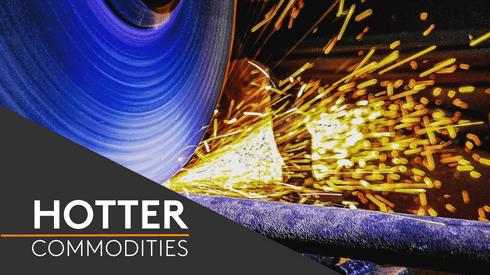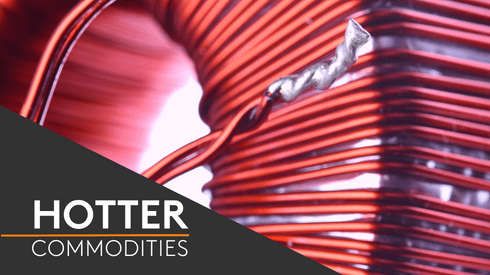The increased output from Ozernoye mine, which is the fifth-largest zinc mine in the world, is expected to provide some relief to the global raw materials supply deficit.
The Ozernoye deposit is expected to produce up to 600,000 tonnes per year of zinc concentrate, with 53% zinc content, and process 6 million tpy of ore when it reaches full capacity in 2025. This will account for approximately 4.5% of the world’s zinc concentrate output.
Located in eastern Siberia, the mine was due to begin operations last year, but a fire at site in November halted the process.
A month later, the US imposed sanctions on Ozernoye’s owner, Russian mining magnate Vladislav Sviblov, and on several mining companies connected to him.
Concentrates output from Ozernoye is expected to ease the supply tightness of zinc raw materials across the globe, especially in China. The world’s top zinc consumer has been suffering from imported feedstock shortage since the beginning of this year, with all Chinese smelters forced to cut production on huge operating losses.
Zinc concentrate reaches new lows
Zinc concentrate treatment charges (TCs), which are the fees that traders or miners pay smelters to convert concentrates into refined metal, reached new lows in August.
Fastmarkets’ twice-monthly assessment of the zinc spot concentrate TC, cif China was $(50)-(20) per tonne on August 30, down from $(40)-(10) per tonne on August 9 and its lowest level since the price was launched in September 2014.
“It’s good news! There’s finally some new volume coming out in a market where everyone is starving for concentrates,” a trader based in Shanghai said.
“I heard sales agents of Ozernoye are now in the process of marketing their materials to Chinese buyers, and a domestic trading company has started to negotiate the off-take agreement with the mine,” a second trader based in northern China said.
Most market participants said the concentrates output could be limited this year but is estimated to ramp up in 2025.
“If all goes well, I think the mine could reach its full capacity by the end of next year,” the second trader added.
Participants in the European market also reacted positively to the announcements, with some noting that continued tightness in the concentrate market was leading to increased challenges for suppliers.
“The market has been waiting for this [increased supply] for a long time,” a third trader source said.
Fastmarkets analyst James Moore forecasted a global deficit of 350,000 tonnes of zinc concentrates in 2024, but also predicted that the raw material supply would expand in 2025 due to a series of mining projects expected to increase production.
“It looks like the concentrates market is going from famine to feast next year,” Moore said.
However, concerns remain among market participants on the possible settlement issues in trading between China and Russia, since Russia continues to face Western financial sanctions.
Refined zinc in surplus
Despite the persistent tightness in the concentrates market, refined zinc is currently in surplus amid weak demand for the metal globally.
The International Lead and Zinc Study Group (ILZSG) estimates that the global refined zinc market had an oversupply of 228,000 tonnes in the first half of this year.
In Europe, stagnation in construction and other downstream industries has muted demand for refined zinc.
Meanwhile, in China, bearish sentiment in the property sector amid macroeconomic headwinds provides limited stimulus to the demand for galvanized metal, sources told Fastmarkets.
To understand the complex market conditions influencing price volatility, download our monthly base metals price forecast, including the latest copper price forecasts today. Get a free sample.






